Topcoder is a crowdsourcing company with an open global community of designers, developers, data scientists, and competitive programmers. Topcoder pays community members for their work on the projects and sells community services to corporate, mid-size, and small-business clients. Topcoder also organizes the annual Topcoder Open tournament and a series of smaller regional events.
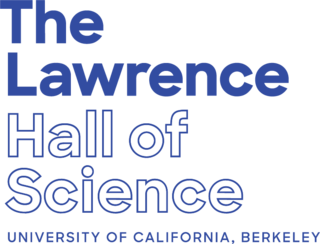
The Lawrence Hall of Science is a public science center in Berkeley, California that offers hands-on science exhibits, designs curriculum, aids professional development, and offers after school science resources to students of all ages. The Lawrence was established in 1968 in honor of physicist Ernest Orlando Lawrence (1901–1958), the University of California's first Nobel laureate. The center is located in the hills above the University of California, Berkeley campus, less than a mile uphill from the University's Botanical Garden.

The Research Science Institute (RSI) is an international summer research program for high school students. RSI is sponsored by the Center for Excellence in Education (CEE) and hosted by the Massachusetts Institute of Technology (MIT) in Cambridge, Massachusetts. RSI brings together the top STEM talent from around the world for the opportunity to conduct original scientific research, cost-free, for six weeks during the summer before their final year of high school.
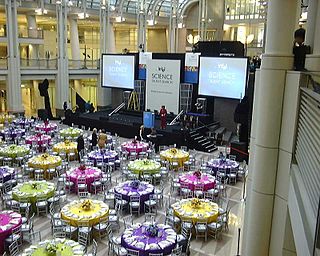
The Regeneron Science Talent Search, known for its first 57 years as the Westinghouse Science Talent Search, and then as the Intel Science Talent Search from 1998 through 2016, is a research-based science competition in the United States for high school seniors. It has been referred to as "the nation's oldest and most prestigious" science competition. In his speech at the dinner honoring the 1991 Winners, President George H. W. Bush called the competition the "Super Bowl of science."

The Regeneron International Science and Engineering Fair (ISEF) is an annual science fair in the United States. It is owned and administered by the Society for Science, a 501(c)(3) non-profit organization based in Washington, D.C. Each May, more than 1800 students from roughly 75 countries and territories compete in the fair for scholarships, tuition grants, internships, scientific field trips and the grand prizes, including one $75,000 and two $50,000 college scholarships. All prizes together amount to over $8,000,000. Two major awards ceremonies are the Special Awards Organization Presentation and the Grand Awards Ceremony. The International Science and Engineering Fair was founded in 1950 by Science Service and was sponsored by Intel from 1997 to 2019. Regeneron Pharmaceuticals became the title sponsor for ISEF in 2020, but the event was cancelled that year and replaced with an online version due to the COVID-19 pandemic. The 2021 ISEF was a fully virtual event while 2022 was held online and in-person in Atlanta, GA, and 2023 was in person in Dallas, TX. The 2024 ISEF will be held in person in Los Angeles, CA.

The Eureka Prizes are awarded annually by the Australian Museum, Sydney, to recognise individuals and organizations who have contributed to science and the understanding of science in Australia. They were founded in 1990 following a suggestion by science journalist Robyn Williams.
Science outreach, also called education and public outreach or simply public outreach, is an umbrella term for a variety of activities by research institutes, universities, and institutions such as science museums, aimed at promoting public awareness of science and making informal contributions to science education.
MathWorks Math Modeling Challenge is a mathematical modeling competition open to high schools in the U.S. and schools with sixth form students in England and Wales. It is sponsored by MathWorks based in Boston and organized by the Society for Industrial and Applied Mathematics (SIAM) based in Philadelphia.
The African Leadership Academy (ALA) is an educational institution located in the outskirts of Johannesburg, South Africa, for students between the ages of 16 and 19 years old, with current alumni coming from 46 countries.
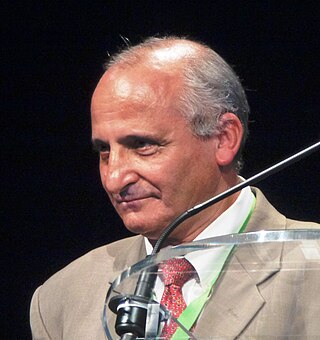
Rachid Yazami is a Moroccan scientist, engineer, and inventor. He is best known for his critical role in the development of the graphite anode for lithium-ion batteries and his research on fluoride ion batteries.

The Google Science Fair was a worldwide online science competition sponsored by Google, Lego, Virgin Galactic, National Geographic and Scientific American. It was an annual event spanning the years 2011 through 2018.
Sanofi Biogenius Canada (SBC), formerly known as the Sanofi BioGENEius Challenge Canada (SBCC), is a national, biotechnology-focused science competition for Canadian high school and CEGEP students.
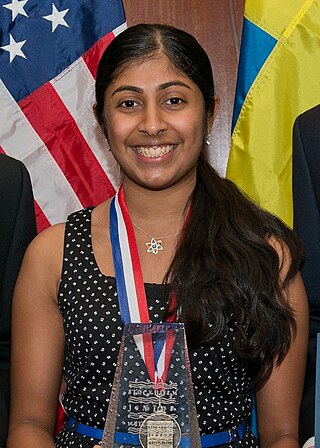
Deepika Kurup is an inventor and clean water advocate. She is the recipient of the 2012 Discovery Education 3M Young Scientist Award. Kurup was awarded the $25,000 Award for her work in developing a new and inexpensive method to clean water using solar power. She also a finalist in the 2014 international Stockholm Junior Water Prize with her project "A Novel Photocatalytic Pervious Composite for Degrading Organics and Inactivating Bacteria in Wastewater."
Ciara Judge is an Irish scientist from Kinsale, County Cork and a public speaker. She was a finalist of the 42nd BT Young Scientist and Technology Exhibition in 2013 at the age of fifteen with two others: Emer Hickey, Sophie Healy-Thow. She also won a First place Award in the European Union Contest for Young Scientists 2013. In 2014, she jointly with her 2 friends won the grand prize in Google Science Fair Ciara was also listed as one of the 25 most influential teens in Time for the year 2014 as a result of her innovation.
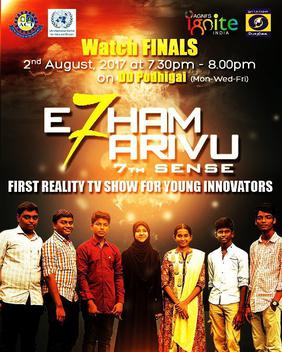
Ezham Arivu: Search for Tamil Nadu's Young Scientist is a 2016–2017 Indian science reality show which aired on DD Podhigai from 18 August 2016 to 11 August 2017 on Monday to Friday at 7:30PM (IST) for 172 Episodes. The show is hosted by Antony Raj. The motto of the show is a search for Tamilagathin Sirantha Illam Vigyanikana Thedal.

The Cyprus Space Exploration Organisation (CSEO) is a non-governmental, nonprofit, science organisation, based in Cyprus, with a global scope of service and activities. Its main functions are research and development, space advocacy, and international cooperation in the field of space exploration, astronautics and astronomy. Education and outreach are also an important part of its mission as International Astronomy Education Center.
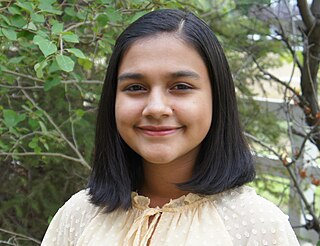
Gitanjali Rao is an American inventor, author, social activist, and a STEM student and advocate.
Anushka Naiknaware, pronounced [əˈnʊʂkaː naːi:kanəʋərɛː] is an Indian-American inventor, scientist and speaker. She is known for being the youngest person to win the Google Science Fair Award in 2016. Born in Portland, Naiknaware created a Chitosan and Carbon Nanoparticle Based Biocompatible Sensor for Wound Management smart bandage that alerts doctors when it needs to be changed.

Alexis Lewis is an American inventor, repeat science fair winner and public speaker. She is best known for her advocacy for invention education and her humanitarian inventions. She is known to have given talks at the White House, Smithsonian, SXSW, National Maker Faire, the 2018 Social Innovation Summit, and at TEDx events. Lewis also gained repeat standing as a finalist or winner in national and international science and invention fairs, including the 2012 Broadcom MASTERS Challenge. In the course of the Spark!Lab Invent It Challenge, Lewis won pro-bono patent counsel, and holds a patent on the "Rescue Travois", granted 2015 and has one pending, on the "Emergency Mask Pod".











